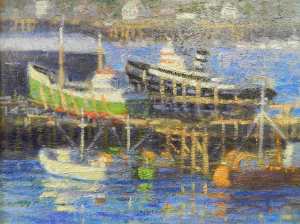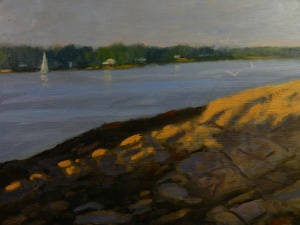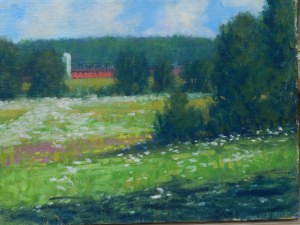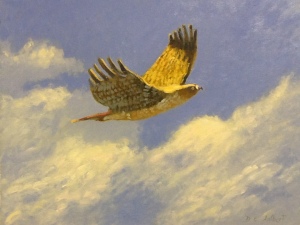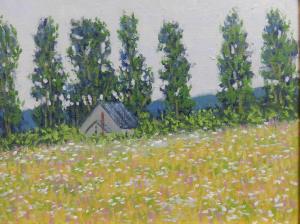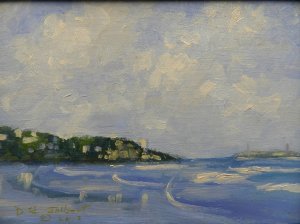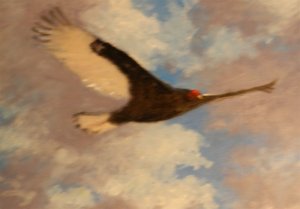
“You do not have to be beautiful to soar like an eagle”
D.E. Jalbert copyright 2015
Surfaces
Canvas: Canvas usually refers to a cloth like material used by artists as a surface for paintings. It can be stretched or mounted on boards. You must be careful when selecting canvas material as it comes in different grades or levels of quality.
Cotton duck is one of the most popular materials. It is white and comes in different grades. Cheap cotton duck can be easily torn and this is an easy way to determine the quality of the cloth. Most pre-stretched and primed cotton duck can be measured this way. Most pre-stretched and primed cotton canvas is of poor quality and should be avoided. The priming on these is usually of poor quality also. The paint drags and gets absorbed by the canvas. It is best to buy cotton duck by the yard or in rolls and mount and prime it yourself. Know the quality of what you buy.
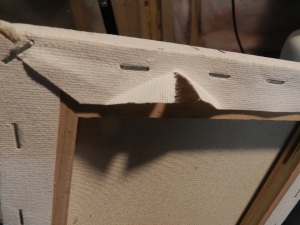
Store bought canvas, back stapled, poor quality cloth. Rip test: Fail
Linen has been used for centuries and is a popular and quality surface for paintings. It can be mounted, stretched and primed in the same way as cotton duck. It is also sold pre-primed which makes the process of preparing stretched canvas an easier task. The priming on linen is usually very good. Linen is typically more expensive than cotton duck. There are different grades of weave depending upon the type of painting that will be executed on the surface. Fine weave is used for portraiture and rougher weaves are used for other styles or artwork.
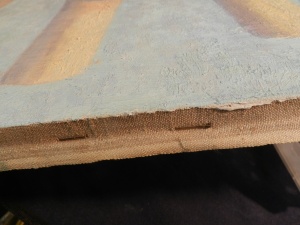
Primed linen the old way, side stapled, rabbit skin glue, lead priming
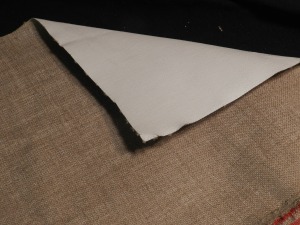
Primed linen, acrylic primed, great quality, great surface. Bought by the roll, cut and used as needed.
Masonite is a board made of compressed fibers that make a durable surface that is great for painting. It is a widely used construction material and comes in a variety of thicknesses. The 1/8 thickness is best for small works up to 12 x 16 the ¼ inch would be best for larger works. The beauty of Masonite is that it can be cut to any size. It primes easily and is a solid and endurable surface for all mediums. It is relatively inexpensive. Masonite can be purchased in 2 x 4, 4 x 4, and 4 x 8 sheets. Home Depot will cut it for you to any size you want. The usual price for a 4 x 8 sheet is around $15 dollars. And can yield many painting surfaces depending on the size of the cuts. It can also serve as a good foundation to mount canvas upon.
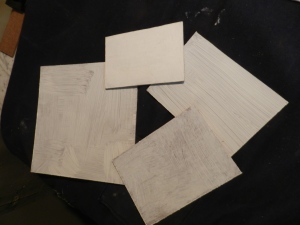
Masonite, cut to size, the top two coats, the other three one coat.
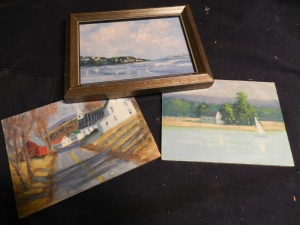
Gessoed panels, painted.
Note: With modern living spaces growing smaller don’t stray from painting smaller works.
Canvas panels (store bought, canvas over cardboard) should be avoided as much as possible as they are usually of poor quality. You can create a good quality panel by gluing canvas to Masonite. The canvas can be unprimed or primed when attached. This creates a sturdy surface with good texture.
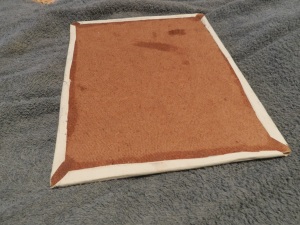
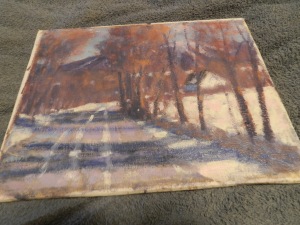
An Example of canvas glued to Masonite. I coat the panel with an even coat of white glue with a brush, lay the canvas on the panel and smooth it out. Next I place wax or parchment paper on both sides and place heavy objects upon it, usually several big books to keep it flat and let it dry for a few days. Right side image shows the same panel from the painted side.
There are many other materials that can be used for painting and care must be taken when selecting the surface you are about to invest much time and paint upon. The above mentions materials have been proven to be durable over time and can be restored or repaired with some success. Wood panels(plywood) and cardboard(corrugated) etc, are vulnerable to deterioration and cannot be easily restored or repaired. Your work is too important and valuable to be placed on poor quality materials. Painting on corrugated cardboard is painting on trash.
Masonite can be purchased at Home Depot. One 4 x 8 foot panel costs less than $15. Usually. The great thing is that at Home Depot they will cut the panel to the size you want. You bring home all the boards, prime them and you are ready to paint on a very reliable surface very inexpensively.
Another benefit from painting on Masonite is that the panel is more durable. Accidents happen. Three different canvases have been punctured this year during transport to show sites. Though the canvases have been repaired, their value has been diminished a bit as they are now damaged goods. They have dings.
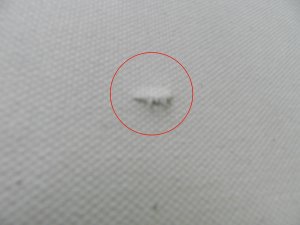
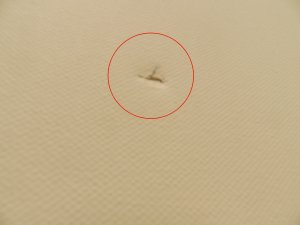
This happened recently. These photos shows both sides of a puncture caused when the stretched canvas fell from an easel. This canvas is cheap and was going to be used for experimental purposes. But this can happen when you least expect it.
This can be repaired fairly easily by making a patch. A patch is simply a piece of canvas cut about an inch or so larger than the tear. The patch is “feathered”. A half inch of the fibers are removed from the edges. White glue is applied around the area of the tear in the size of the patch and then the patch is laid over the tear. Parchment or wax paper in placed over the area and a heavy weight is placed upon it to flatten it out. Once dry the tear is touched up to help it disappear.
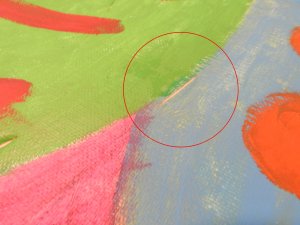
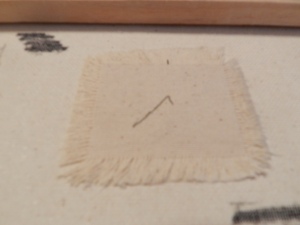
This was a canvas used to help students learn how to patch a tear in canvas. The left image has the tea, (red circle). The right image shows the patch that repaired the tear. When the glue is dry you need to repaint the area where the tear was.
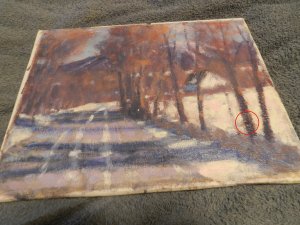
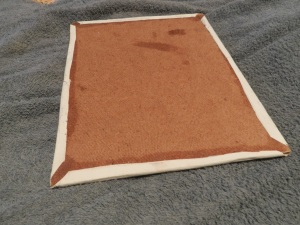
Sometimes the canvas cannot be patched due to where the tear is. The image on the left had a tear where the red circle is. It was too close to the stretcher bars for a patch to fit. The canvas was removed and mounted to a Masonite board. A bit of retouch paint and the painting is saved.
Priming
The classic way to prime canvas is to stretch the cloth on a frame, apply a sizing usually rabbit skin glue, and then add a layer or two of ground. In earlier times this was white lead based paint. Times have changed and some of these steps can be omitted. Canvas can be stretched and then covered with gesso. Gesso is a product that is water based and can create a great surface to paint on. Textures can be applied and it will dry fairly quick. Application can be made with a wide variety of tools but the most common tools are brushed and palette knives.
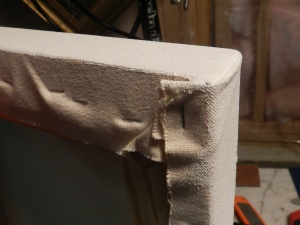
Gallery wrap. Cotton Duck primed and stretched on heavy duty stretcher bars.
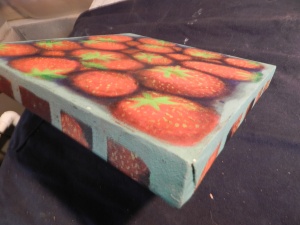
Gallery wrap. Heavy duty stretchers primed and painted on all four sides. Check with your gallery or art association as to whether or not the images needs to wrap from front to sides or if the sides just need to be painted.
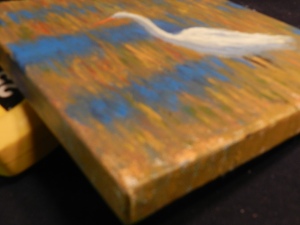
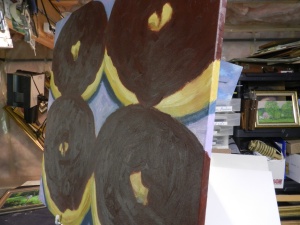
Examples of gallery wraps with standard stretcher bars. My Art Association would like the sides painted. The donuts are unfinished. The format is 36 inches square. This would require a custom frame. Painting the sides, eliminates a substantial expense. By the way…I do love donuts!
There are different grades of gesso. Again I am not sponsored by anyone but I do like my gesso thick. If the gesso does not fill the weave the paint will drag across and application will be hindered. Some gesso products have the consistency of milk and create a difficult painting experience. Liquitex Heavy Body gesso is thick enough for a one coat application(I usually do two,). It dries fast. A quart costs $20 at Michaels. Get a 50% coupon and you can get it for $10. Both Michaels and A.C. Moore offer 40 -50% off one item coupons and I always use these to save money. These coupons vary but come out every week. Dick Blick and Utrecht Art stores offer considerable bargains and a very wide assortment of art supplies.
Dick Blick Catalog
I use Masonite and prime the surface with gesso. The good thing about Masonite is that it can be cut to whatever size you need. I strongly recommend using standard sizes for paintings unless you are doing a gallery wrapped canvas. Gallery wraps are done on stretched canvas using a thick or heavy duty profile stretcher. The canvas is stapled on the back leaving clean canvas on all four sides. You don’t need a frame using gallery for display but some galleries and art associations prefer the sides to be painted usually a continuation of the front image around all four sides. Consult your gallery or association for the exact requirements they prefer. Also when stapling the canvas to the stretchers use at least a 3/8 staple as anything less has a tendency to pull out during the stretching process.
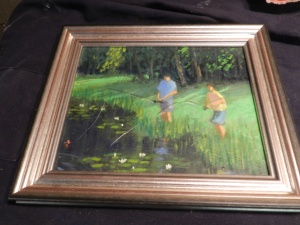
The beauty of Masonite. A “whoops” frame with Masonite cut to fit.
A “whoops” frame is a perfectly good frame that was ordered to a specific special size but never picked up. Framers have these lying around and they are usually sold at a discount to offset the loss. Stretched canvas will not fit these frames but Masonite can be cut to fit. Saves you money, and you get a nice frame for your work.
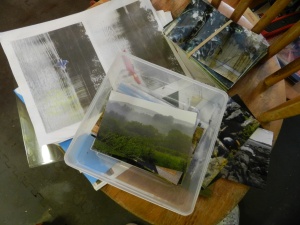
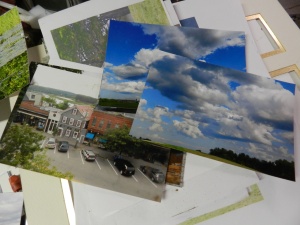
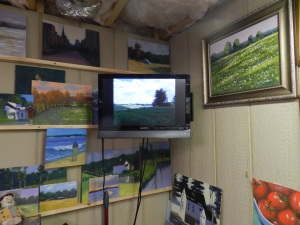
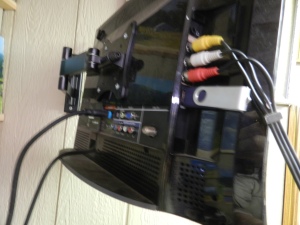
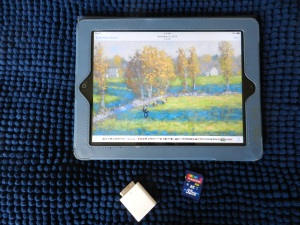
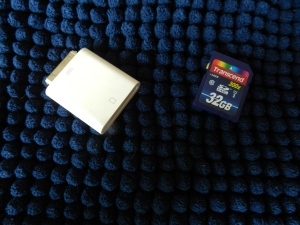
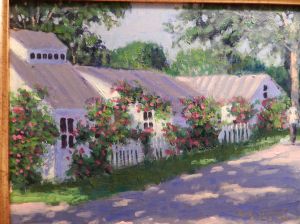
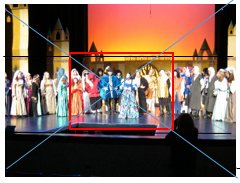

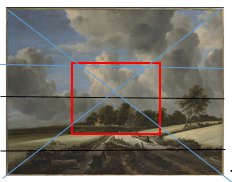
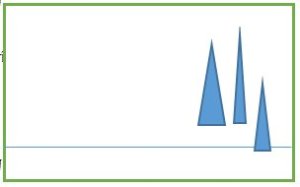
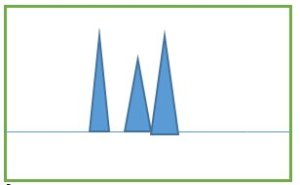
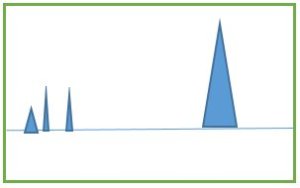
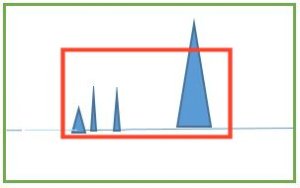



















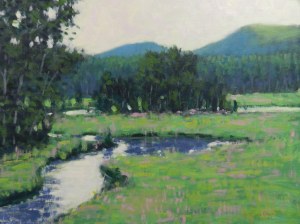
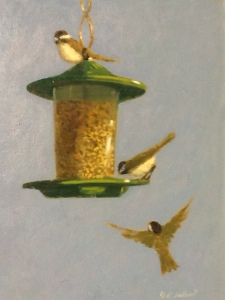 You are an artist. You are highly creative and you march to the beat of your own drum. That drum can be painting, sculpture, ceramics, writing or any one of a number of different concentrations. This blog will concentrate on painting. That does not mean it will be simple nor do I wish to exclude other art forms. Painting involves many different mediums and many different styles. For all extensive purposes I will focus on painting.
You are an artist. You are highly creative and you march to the beat of your own drum. That drum can be painting, sculpture, ceramics, writing or any one of a number of different concentrations. This blog will concentrate on painting. That does not mean it will be simple nor do I wish to exclude other art forms. Painting involves many different mediums and many different styles. For all extensive purposes I will focus on painting.